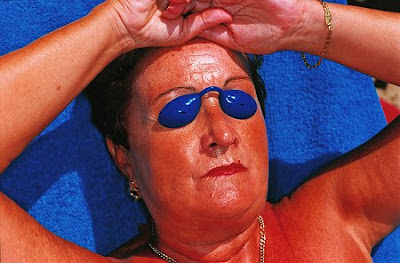1. In what ways do you “construct” your identity?
In what ways do you “perform” in your daily life? We all, as humans, construct our identity through what we wear, how we talk, what we say, and what we do. We try to, sometimes unnaturally, create this persona that we must maintain in order to have our own individual identity. I, personally, tend to construct my identity though what I have to say and my actions towards others. I try to stay true to myself and my own formulated identity. We all should think before we talk and in a way that means we are performing; we are structuring our sentences and thoughts around those surrounding us. We may have multiple "personalities" which we swap out depending on who we are with (our family, friends, teachers, employers).
2. Describe some ways in which your personal culture and social environments are “constructed”
The culture which I live in is a highly commercialized and Americanized culture. The things I look at usually are forced in front of me (advertisements) and I have a narrow area for choice in what I take in with my senses. My social environments are constructed using these commercialized elements of mainstream culture, and then I create my own personal culture by reinterpreting the meaning of the popular culture.
3. Describe some ways in which your physical environment/space is “constructed”.
My physical environment is constructed by placing elements that I feel "scream Kate," such as the pillows I chose to put on my bed, and the posters I chose to hang on my wall. Little tokens of my life and my story are places in my personal spaces, especially my room, to remind myself of who exactly I am and where I came from. My room, both at home and at school, is flooded with pictures of my family and friends. In more public spaces, I don't have to control of the construction, so I am forced to find myself within the constructed space.
4. In your daily life, what would you consider to be “real” and what would you consider to be “constructed/fabricated”?
With my environment, I consider the rawnesss of nature to be real and man-made construction to be "fabricated". Emotions, such as happiness, fear and anxiety are real. Exaggerated expressions are fabricated in order to draw attention to ones self. Things constructed by men can be beautiful and dangerous; pollution is constructed but the education system is also constructed. Television is constructed, even those TV shows that claim to be "reality." Dreams are a creative form of reality.
5. Describe a narrative tableaux that you might create to be captured by a photograph. A narrative tableaux can be defined as “Several human actors play out scenes from everyday life, history, myth or the fantasy of the direction artist” ( Constructed Realities: The Art of Staged Photography Edited by Michael Kohler , 34).
I would create a narrative tableaux of a dream. Whenever I wake up from dreams they feel so real that I cannot differentiate reality from surreality. I would create a scene that comes directly from my mind so that I can visually explain the emotions, ideas, and scenes that occurred in my dream-world.
6. Describe an idea for a photograph that includes a miniature stage or still life. A description of such an image is “The tableaux reconstructs events as in the narrative tableaux, but in miniaturized format, using dolls and other toy objects” (Kohler, 34).
The picture below really inspires me. In a way, this photograph represents where I am in my life. To me, this photograph represents the strings that hold us down, attached to our limbs, but eventually are freed, flying to boundless heights. I would use this photograph as an inspiration by using a human subject, wrapping ropes or chains around their wrists, much like the picture below, and then using sticker/paper birds to represent the eventual freedom.








































